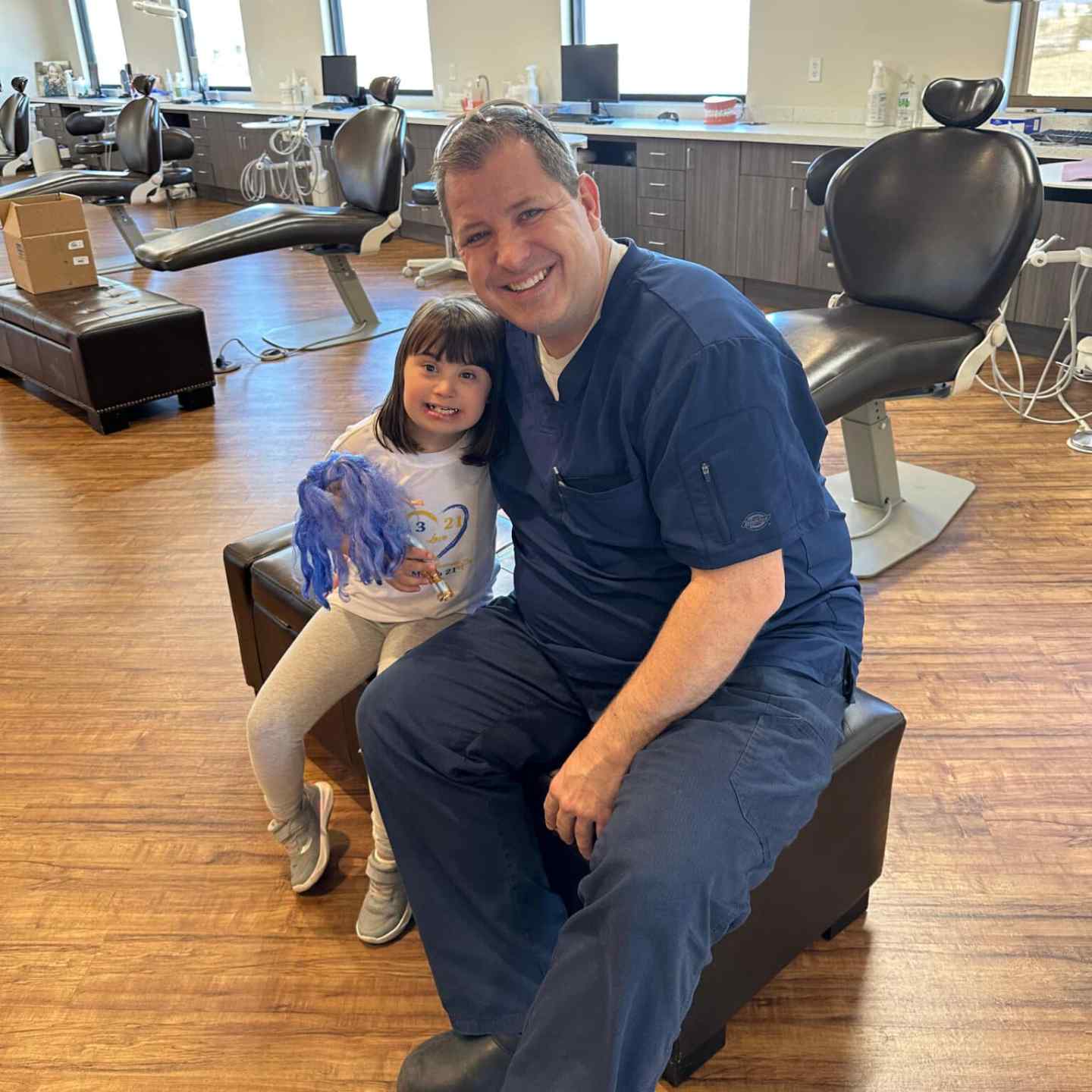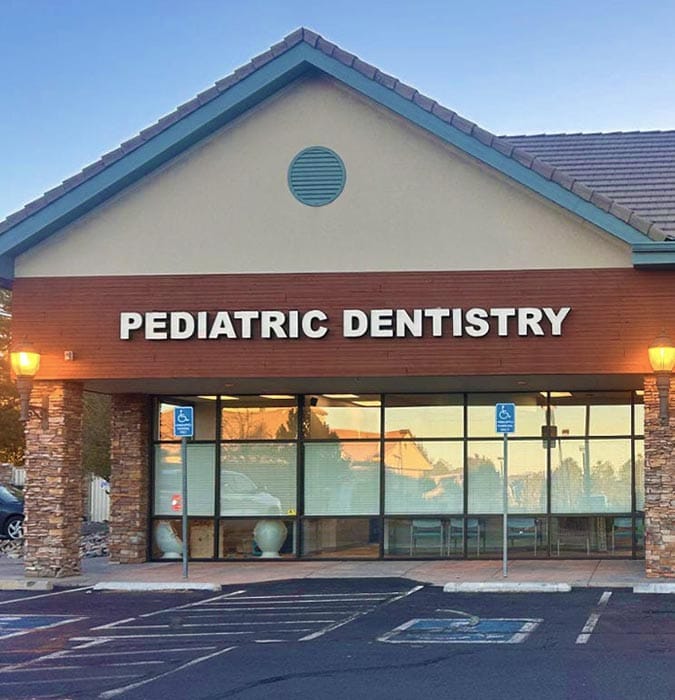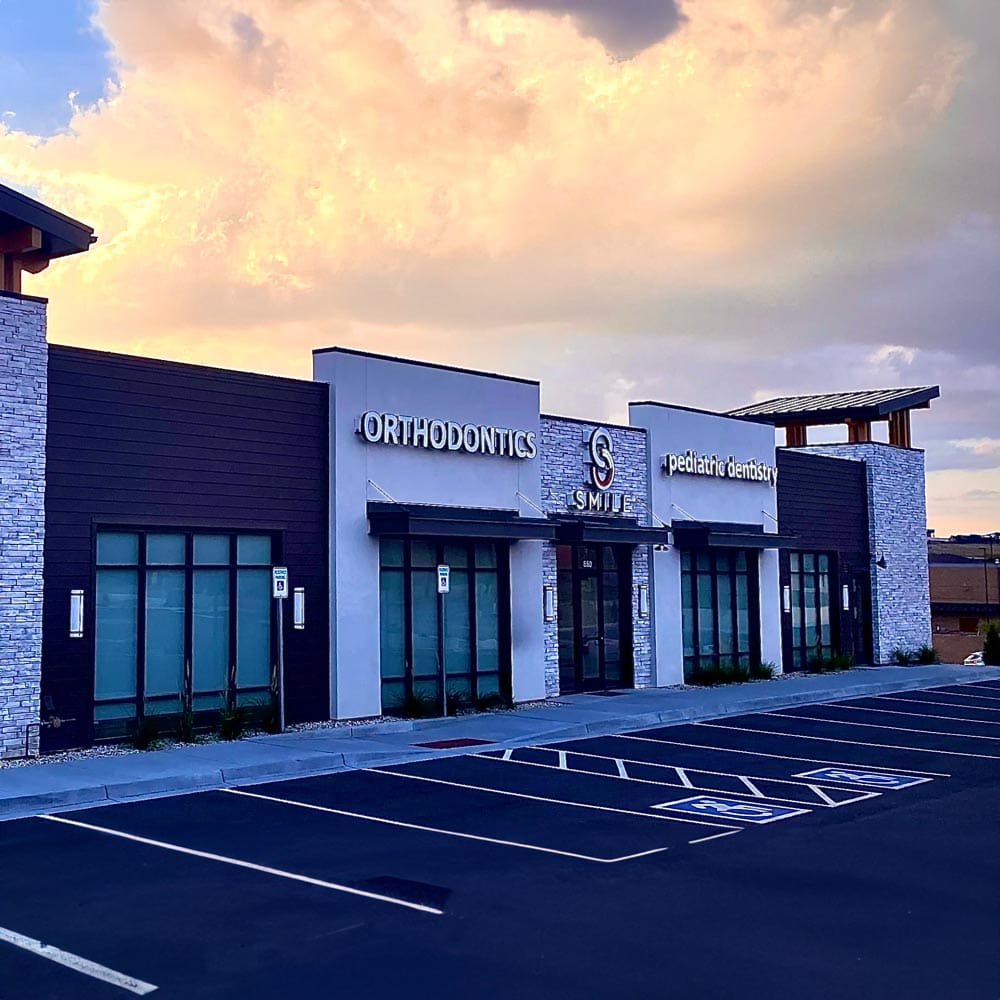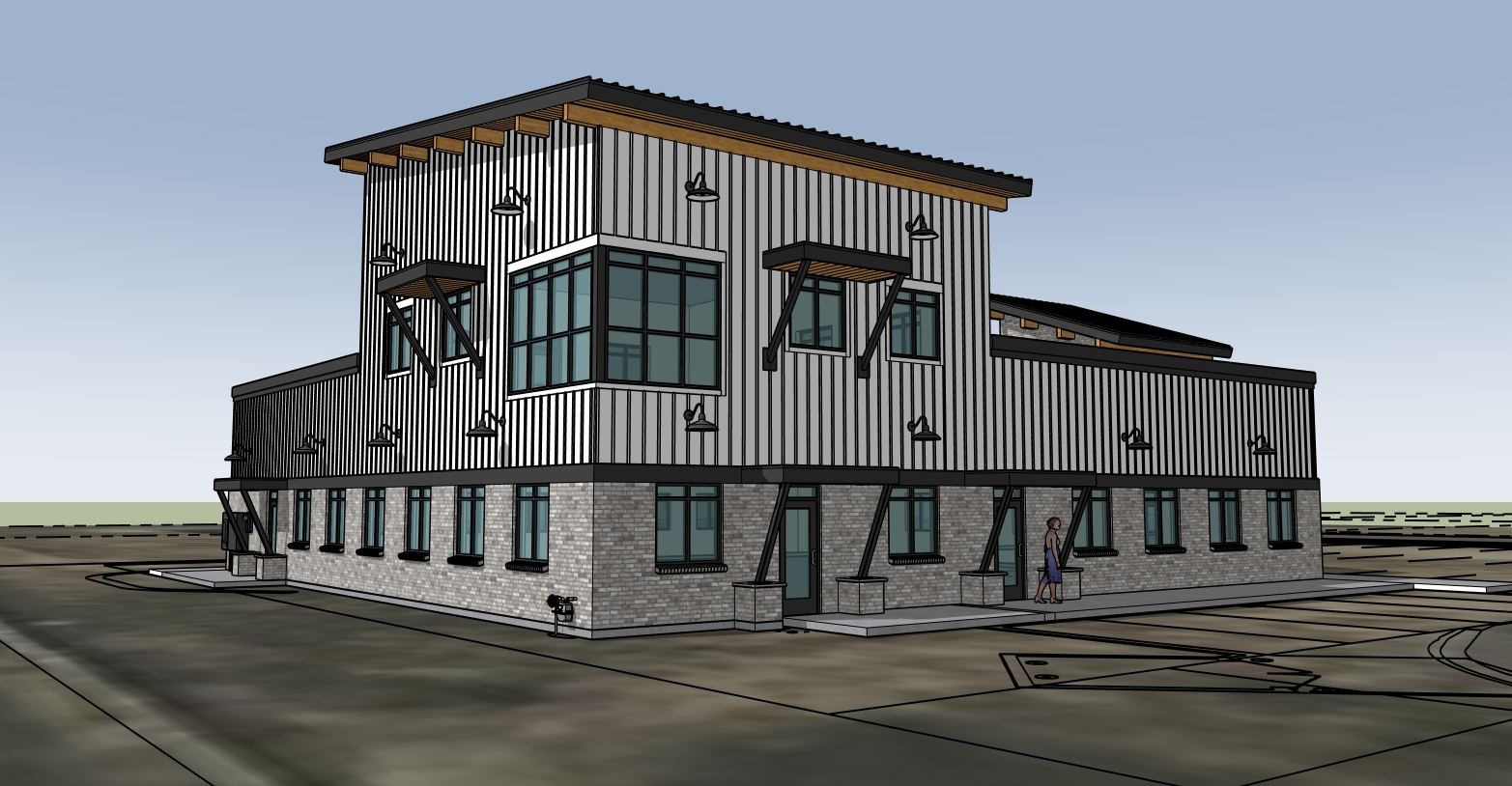Orthodontics
Your Smile Headquarters
Explore Our Treatments
We provide full orthodontic and pediatric dental treatments so that your family can get their regular dental checkups and teeth straightened all in one familiar office.
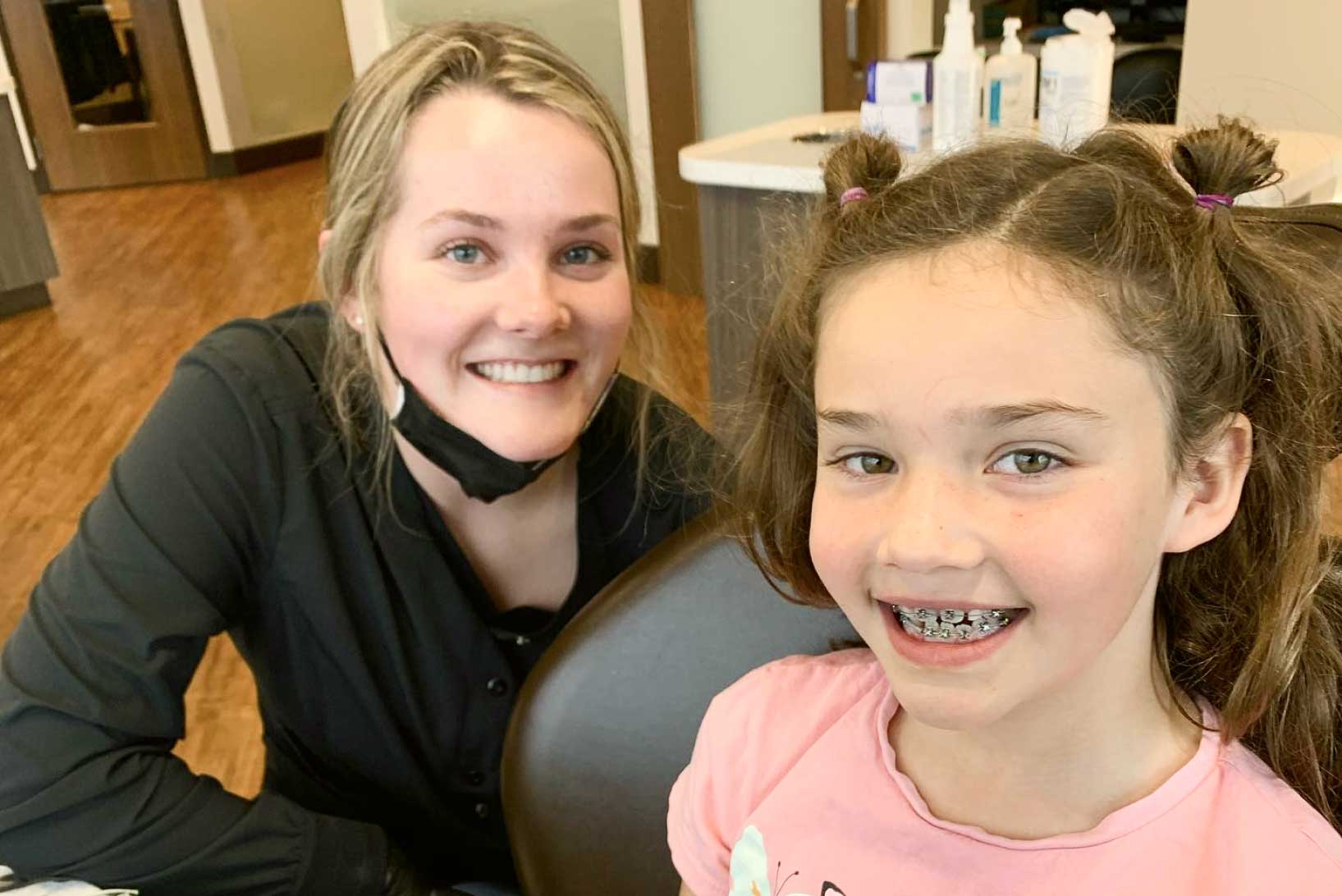
Braces, Aligners & more
We take a comprehensive approach to treatment and offer a range of both aesthetic and functional smile solutions for children, teens, and adults.
Pediatric Dentistry
Maintaining and protecting your child’s smile is very important to us, so we offer a range of services to ensure your child has the happiest smile possible!

